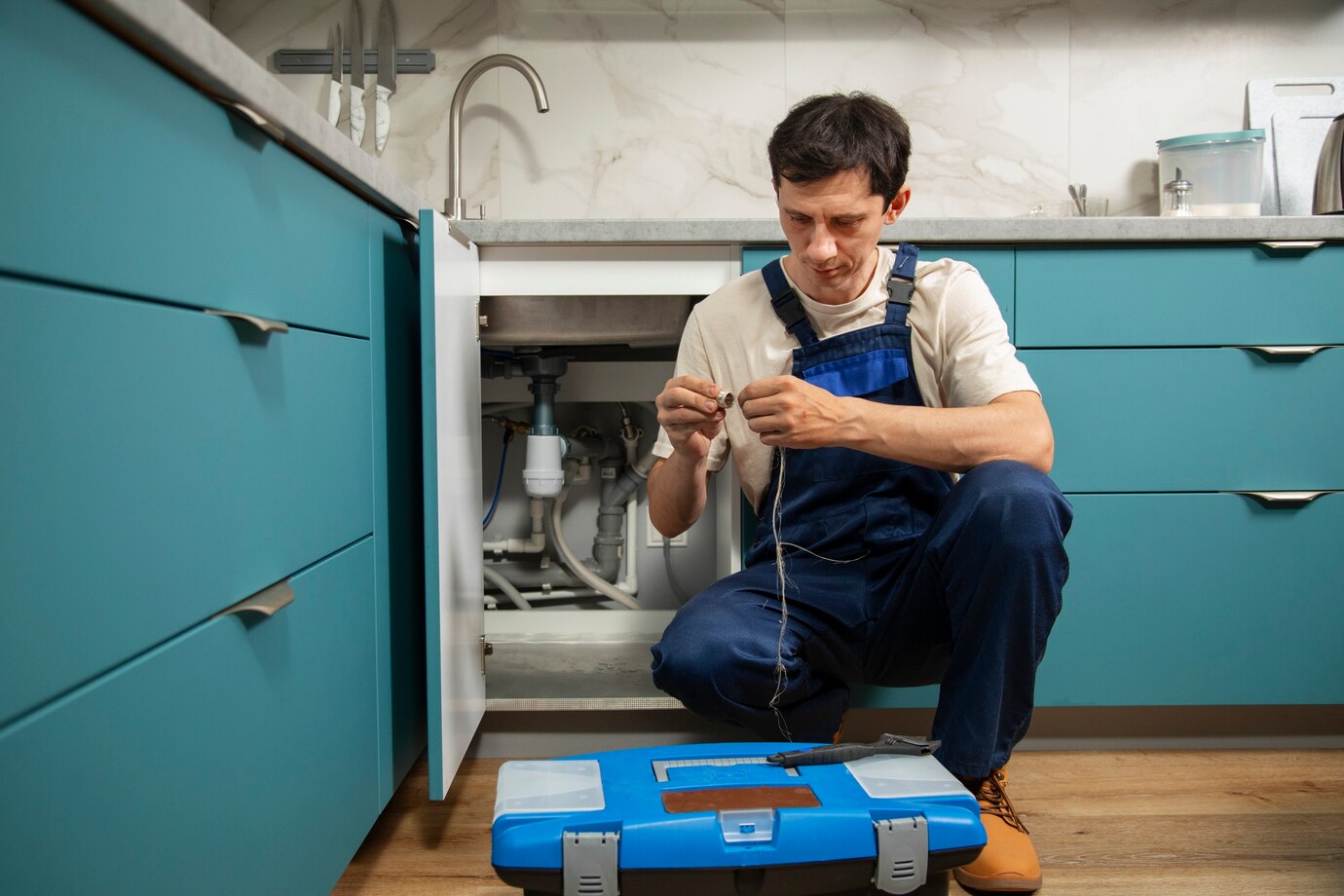Having a refrigerator that fails to dispense water can be a major inconvenience, especially in a household that relies on this feature for daily hydration. The issue could stem from various sources, ranging from simple fixes to more complex repairs. This comprehensive guide aims to walk you through troubleshooting a refrigerator that’s not dispensing water, ensuring you can identify and resolve the problem efficiently.
Understanding the Basics of Water Dispensing Systems
Before delving into the troubleshooting process, it’s essential to understand how your refrigerator’s water dispensing system works. Most modern refrigerators with water dispensers have a few common components:
- Water supply line: Connects your refrigerator to your home’s water supply.
- Water filter: Removes impurities from the water before it reaches your glass.
- Dispenser control board: Manages the electrical components and signals the dispenser to release water.
- Water inlet valve: Controls the flow of water into the refrigerator.
- Dispenser switch: Activates the dispenser when pressed.
Understanding these components will help you diagnose where the issue might be occurring.
Common Issues and How to Troubleshoot Them
Check the Water Supply Line
One of the first steps in troubleshooting is to ensure the water supply line is properly connected and not kinked or blocked. If the supply line is damaged or obstructed, it could prevent water from reaching the dispenser.
- Inspect the connection: Make sure the water supply line is securely connected to both the refrigerator and the water source.
- Look for kinks or bends: Straighten any kinks in the line to ensure smooth water flow.
- Check for blockages: Remove the line and inspect it for any debris or blockages that could be impeding the water flow.
Examine the Water Filter
A clogged or incorrectly installed water filter is a common culprit for dispensing issues. Water filters should be replaced every six months, or as recommended by the manufacturer.
- Remove the filter: Follow your refrigerator’s manual to locate and remove the water filter.
- Check for clogs: Inspect the filter for any visible debris or clogs.
- Install a new filter: If the filter is old or clogged, replace it with a new one. Ensure it is properly seated and secured.
Test the Dispenser Control Board
The dispenser control board manages the electrical components of the dispenser. If it is faulty, the dispenser may not function correctly.
- Access the control board: This typically involves removing the front panel of the dispenser.
- Inspect for damage: Look for any signs of burned-out components or loose connections.
- Test with a multimeter: Use a multimeter to check for continuity. If the control board is not receiving power or signaling properly, it may need to be replaced.
Evaluate the Water Inlet Valve
The water inlet valve controls the flow of water into the refrigerator. If it is malfunctioning, it can prevent water from reaching the dispenser.
- Locate the valve: Typically found at the back of the refrigerator.
- Inspect for leaks or damage: Check the valve for any visible signs of damage or leaks.
- Test for continuity: Using a multimeter, test the valve for electrical continuity. If the valve is defective, replace it.
Check the Dispenser Switch
The dispenser switch activates the dispenser mechanism when pressed. If the switch is faulty, it can prevent the dispenser from working.
- Access the switch: This usually requires removing the front panel of the dispenser.
- Inspect the switch: Look for any visible damage or wear.
- Test the switch: Use a multimeter to check for continuity. If the switch does not have continuity, it needs to be replaced.
Additional Troubleshooting Tips
Verify Water Pressure
Adequate water pressure is essential for the proper functioning of your refrigerator’s water dispenser. Low water pressure can result in little to no water flow.
- Check your home’s water pressure: Ensure that the water pressure to your home is within the recommended range.
- Test the pressure at the supply line: Use a pressure gauge to test the pressure directly at the refrigerator’s water supply line. The ideal pressure is typically between 20 and 120 psi.
Inspect for Frozen Water Lines
In some cases, water lines inside the refrigerator can freeze, blocking the flow of water.
- Check the freezer temperature: Ensure the freezer temperature is set between 0°F and 10°F.
- Thaw the lines: If you suspect the water lines are frozen, unplug the refrigerator and allow it to thaw. You can also use a hairdryer to gently warm the lines.
Examine the Dispenser Actuator
The dispenser actuator is the lever or pad you press to dispense water. If it is broken or misaligned, it may not activate the dispenser properly.
- Inspect the actuator: Look for any visible damage or misalignment.
- Test the functionality: Press the actuator to see if it moves smoothly and makes contact with the dispenser switch.
When to Call a Professional
While many troubleshooting steps can be performed by a homeowner, some issues may require professional intervention, especially if you suspect electrical problems or if the problem persists despite your efforts. Commercial refrigerators repair professionals have the tools and expertise to diagnose and fix complex issues.
Identifying the Need for Professional Help
- Persistent issues: If the dispenser still doesn’t work after performing all the troubleshooting steps.
- Electrical problems: If you’re uncomfortable working with electrical components or suspect a serious electrical issue.
- Complex repairs: For issues involving internal components that are difficult to access or replace.
Choosing a Professional Service
When selecting a professional service for refrigerator repairs, consider the following:
- Experience and expertise: Look for technicians with experience in repairing your specific refrigerator model.
- Certification and training: Ensure the service provider is certified and has received proper training.
- Customer reviews: Check online reviews and testimonials to gauge customer satisfaction.
Preventative Maintenance Tips
To avoid future problems with your refrigerator’s water dispenser, regular maintenance is key.
Regular Filter Replacement
Replace the water filter every six months or as recommended by the manufacturer to ensure clean, uninterrupted water flow.
Clean the Dispenser
Regularly clean the water dispenser to prevent buildup of mold, bacteria, and debris that can affect performance and water quality.
- Wipe down the exterior: Use a mild detergent and water to clean the dispenser area.
- Clean the nozzle: Use a small brush to clean the water nozzle and remove any buildup.
Inspect Water Lines
Periodically inspect the water lines for any signs of wear, damage, or leaks. Address any issues promptly to prevent more significant problems.
Monitor Water Pressure
Keep an eye on your home’s water pressure and ensure it remains within the recommended range for your refrigerator.
Conclusion
A refrigerator that isn’t dispensing water can be frustrating, but with a systematic approach to troubleshooting, you can often identify and resolve the issue yourself. From checking the water supply line to testing the dispenser switch, each step brings you closer to a solution. For persistent or complex problems, don’t hesitate to seek professional assistance from commercial refrigerators repair services to ensure your refrigerator operates smoothly and efficiently. Regular maintenance and timely interventions can help keep your appliance in top shape, providing you with clean, refreshing water whenever you need it.


